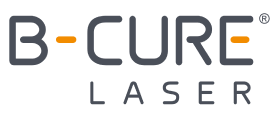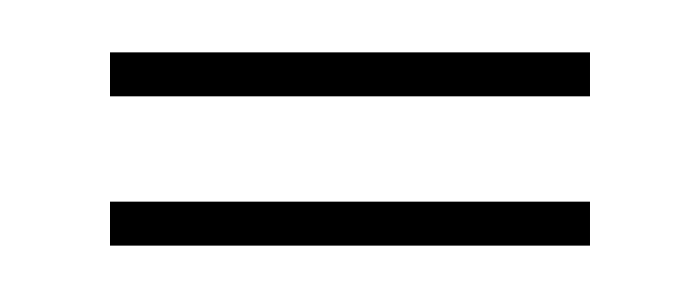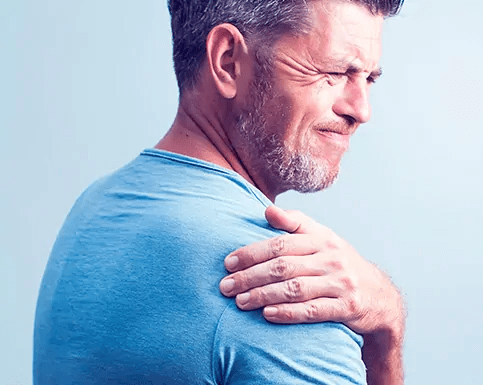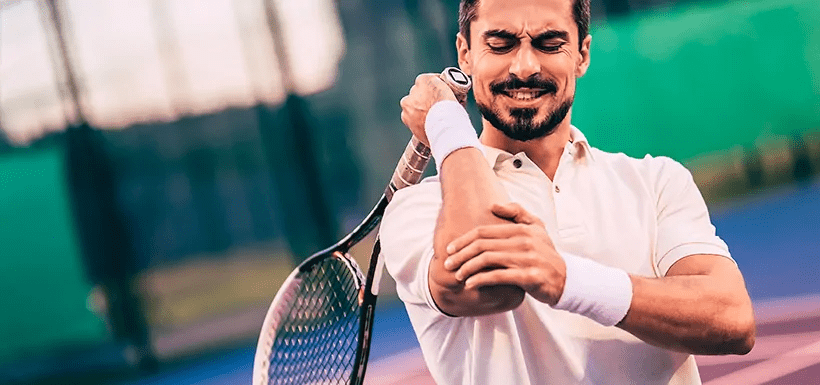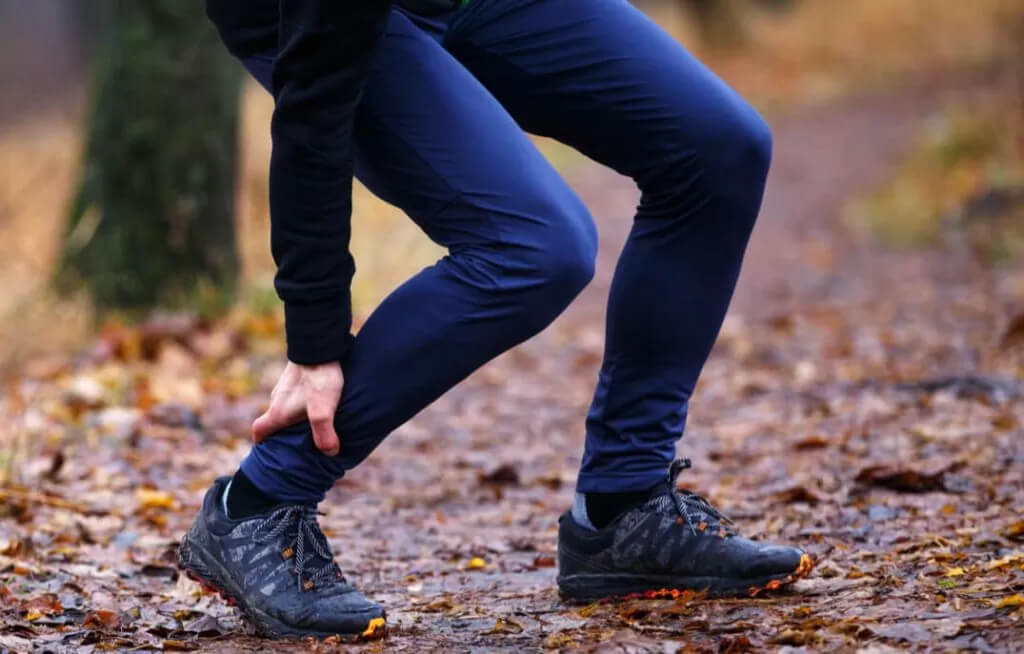
The Achilles tendon is the longest tendon in the body. It attaches the calf muscles to the heel. Injury to the tendon’s tissue can be caused by trauma, a specific strain, or the result of continuous strain.
Who is at Risk for Suffering from Inflammation of the Achilles Tendon?
Inflammation of the Achilles tendon is mainly seen in athletes who participate in running, dancing, tennis, volleyball, basketball and football, etc.
Most of these branches of sport involve rapid motions and frequent transitions from a standing position to forward motion.
Common Treatments for Achilles Tendon Inflammation
Rest, anti-inflammatory drugs, arch supports, stretches, and therapeutic exercise are the most common treatments prescribed. Injury of the Achilles tendon is difficult to treat, and in many cases, the pain becomes chronic and limits the ability to engage in regular daily physical and sports activities.
What Are the Symptoms of Inflammation of the Achilles Tendon?
The pain caused from inflammation of the Achilles tendon begins gradually, and usually worsens over time. The pain appears in the rear part of the foot above the heel, and can be felt during physical activity.
How is Achilles Tendon Inflammation Treated?
- Physical therapy
- Surgery – in the event it has been decided to prevent further tearing of the tendon
- Low-Level laser: B-Cure Laser
Many scientific studies have reached the conclusion that low-level laser treatment is very effective in treating injuries to the Achilles tendon. A study recently published in the American Journal of Sports Medicine examined the efficacy of low-level laser therapy for treating Achilles tendon injuries.
A significant difference was found between the treatment with B-Cure Laser and placebo groups. The group treated with low-level laser therapy reached the same level of healing within 4 weeks where as the placebo group took 12 weeks to attain.
Treatment of Inflammation of the Achilles Tendon with B-Cure Laser
B-Cure Laser helps to treat the Achilles tendon by releasing endorphins, which ease the pain. It enhances the production of anti-inflammatory enzymes and releases collagen, which is needed to help tissue repair.
Photons of laser energy penetrates deep into the tissue and speeds up the body’s healing process.
Therapeutic effects of LLLT (laser phototherapy) include:
- Increased production of ATP (Adenosine Triphosphate)
- Increased cellular metabolism
- Increased collagen production
- Increased enzyme production
- Increased protein synthesis
- Improved blood circulation
- Improved lymphatic flow and drainage
- Reduced inflammation
All this serves to boost the body’s natural healing power, targeting the root causes of pain and providing rapid relief.
B-Cure Laser is unique due to it’s beam that covers a surface area of 4.5 cm. making it possible to treat a wide range of painful conditions easily, effectively and quickly.
What are the therapeutic effects of Low Level Laser Phototherapy (LLLT)?
- May reduce chronic pain
- Non-invasive and non-surgical treatment
- Suitable for all ages
- No known side effects
- Clinically proven by many studies
- Easy and safe for home use
Treatment Protocol
Treatment should be applied along the heel and on both sides.
Treat the following locations:
- On top of the heel, lengthwise.
- Above the heel, lengthwise.
- On the right side of the ankle, lengthwise
- On the left side of the ankle, lengthwise.
Four treatment points, 6-8 minutes each.
To make treatment more convenient, the adjustable stand may be used. Stabilise the device and the stand and treat without moving so that the laser beam penetrates deep into the tissues.
For optimal results, repeat the treatment at least twice a day

